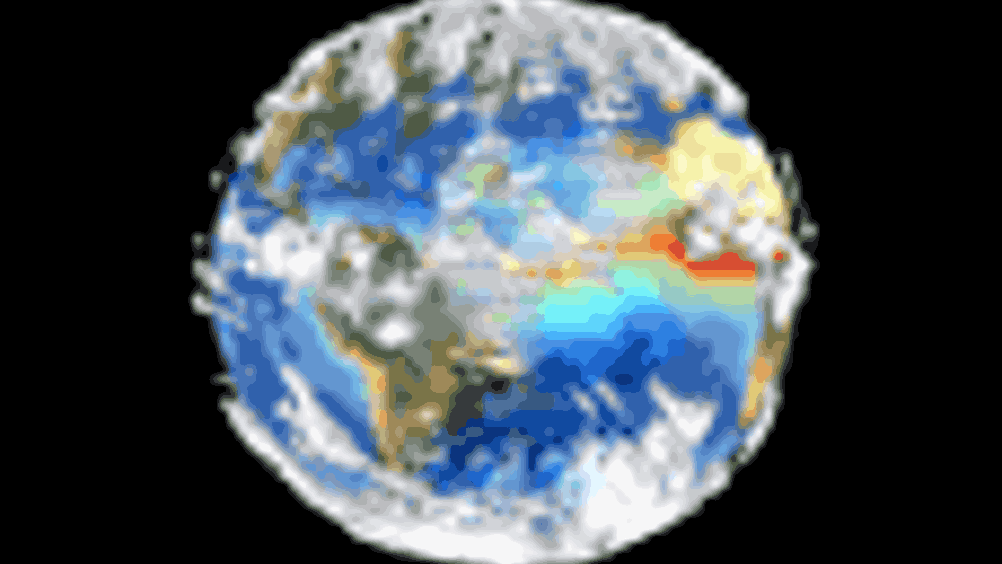Modelling the storm
A new mathematical model indicates that tornadoes, hurricanes and cyclones will intensify as climate change warms the Earth's surface.

A new mathematical model indicates that dust devils, water spouts, tornadoes, hurricanes and cyclones will intensify as climate change warms the Earth's surface.
The new model, developed by University of Michigan atmospheric and planetary scientist Nilton Renno, could allow scientists to more accurately calculate the maximum expected intensity of a spiralling storm based on the depth of the troposphere and the temperature and humidity of the air in the storm's path. The troposphere is the lowest layer of Earth's atmosphere.
The model improves upon current methods, Renno said, because it takes into account the energy feeding the storm system and the full measure of friction slowing it down. Current thermodynamic models make assumptions about these variables, rather than include actual quantities.
'This model allows us to relate changes in storms' intensity to environmental conditions,' Renno said. 'It shows us that climate change could lead to increases in how efficient convective vortices are and how much energy they transform into wind. Fuelled by warmer and moister air, there will be stronger and deeper storms in the future that reach higher into the atmosphere.'
Register now to continue reading
Thanks for visiting The Engineer. You’ve now reached your monthly limit of news stories. Register for free to unlock unlimited access to all of our news coverage, as well as premium content including opinion, in-depth features and special reports.
Benefits of registering
-
In-depth insights and coverage of key emerging trends
-
Unrestricted access to special reports throughout the year
-
Daily technology news delivered straight to your inbox










National Gas receives funding to develop Gravitricity underground hydrogen storage system
One single rock salt mine - Winsford - has 23 <i>MILLION </i>cubic metres of void and even allowing for 10% of that void set aside for hazardous waste...